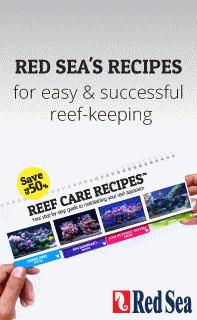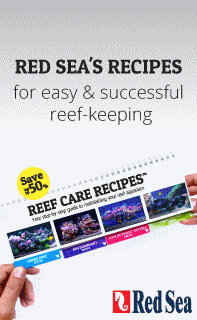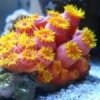-
Topics
-
Latest Update
-
0
-
3
-
0
Chaeto in Yishun/Khatib?
Hi all! My tank has just cycled (i choose to believe so. i may be wrong but readings are good). Anyone in the above mentioned neighbourhood has got any Chaeto to discard? can i have some? -
0
WTS : Eco Tech Radions XR15 G5 (Set of 3 units)
Hi all, Letting go of my Radions XR15 G5s (Blue) that comes with original Eco Tech RMS Arms, Track and Slides per below, for 4 feet tanks. Asking for $1.8k for the whole set. Not able to sell individually. Please contact me via WA at 93840868. Thanks for your interest! -
2
WTS : Various Fish - All must go. Decommissioning
Update 1. Yellow Tang (Reserved) 2. Pair of Snowflake Clowns (about 5cm) (Reserved) 3. Blue Tang (about 10cm) (Reserved) 4. Sailfin Tang (about 12cm) $30 5. Sixline Wrasse (5cm) $20 6. Melanurus Wrasse (about 9 cm) (Reserved) 7. Stripey - Aptasia eliminator (10 cm) (Reserved) 8. Sea Hare (about 11 cm) - $25 9. Cabbage Coral (11cm in diameter) - (Reserved)
-






Recommended Posts
Join the conversation
You can post now and register later. If you have an account, sign in now to post with your account.